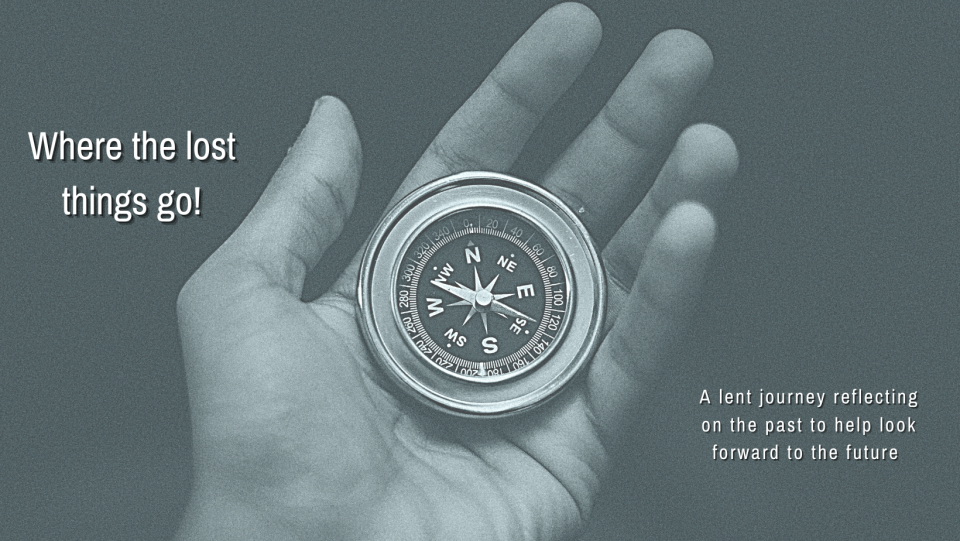I think most of us can remember occasions when we lost something; it can be frustrating, even causing us to panic! Where did I put my keys!? Where is my wallet? But there are other lost things as well: our collective memory only goes so far back; we forget moments, sometimes important moments that maybe should have been remembered.
We also forget the small insignificant things, the moments of laughter and sadness. Unless all of these things are recorded they are soon gone, as J.R.R. Tolkien wrote in Lord of the Rings:
“Some things that should not have been forgotten were lost. History became legend. Legend became myth.”
I am reminded and thankful for those who have taken the time to record our history, when our past becomes the stories, songs, poems, art, of the present. When we read the stories of the Bible we are given a glimpse into the ancient world. All of these things give us an important window into our story as human beings living today. And so things that could be lost are kept alive in some way.
Over the last year Karen and I have been enjoying community singing with Mariners and Marras - a sea shanty and work songs community. It's pure joy. They can be a bit racy! And bring a tear to the eye. These songs give a glimpse into our past, tell stories of working life, and life as it was in days gone by. They are great sources of social history, and they should not be forgotten. The songs are often raw and sometimes difficult to sing because of the nature of the material.
Here are some verses of a couple of them... The first one, Close the Coal House Door, was written in 1968 by Alex Glasgow. He added another verse after the Aberfan disaster
Close the coalhouse door, lad. There's bairns inside, Bairns that had no time to hide,
Bairns who saw the blackness slide, Oh, there's bairns beneath the mountainside.
Close the coalhouse door, lad. There's bairns inside.
Another one that brought me up short is Davy Cross - It's about a handsome young fisherman whose loving mother has knitted him a beautiful sweater, but on one dark October day there is a storm, and you can guess...
When just ten weeks had passed and gone, they finally brought us news about the loss Seemed a body had been found,
of a sailor lost and drowned
And in our hearts we knew 'twas Davy Cross
For we knew his bright blue eyes How we knew his golden hair
And the gansey that his mother made was fine beyond compare
But it wasn't eyes of blue,
nor that hair as pale as foam
It was the gansey that his mother made that brought young Davy home.
This gives us some context as to our thoughts about Lent this year and our theme of ‘Where the lost things go’. Maybe you think, I know that line, but can't remember where it’s from. Well it comes from the second Mary Poppins movie.
Our Lenten journey has been inspired not just by these old working and seafaring songs, and the Mary Poppins song. It's also been inspired by a map that Colin Raistrick found down the back of an old book case.
The map has no date and is titled The Methodist Church North Shields and Whitley Bay Circuit. It has various churches marked on it, Colin let me take it away and have a proper look and then David and I have been on a mission, and done some digging, and we have found over 26 sites that used to be Methodist Churches of differing flavours - New Connexion, Primitive, Bible Christian, Wesleyan and United. It’s been an interesting exercise. If you have any info about any of these places of worship, we would love to hear from you as well. Please do contact one of us.
Over the next few weeks during lent we will be going back in time. We will be visiting the lost places of our circuit to ponder on the realities of some of those congregations, and question why they may have ceased to meet, merged, or moved. We will reflect on bible readings, and the chapels and think about some questions inspired by these lost places, and wonder about what this says to us today.
We will also walk between some of these lost churches to see where they were and what they have turned into. We hope that you will be able to join us for
some of these. If you would like to drive between them, then that too is an option.
